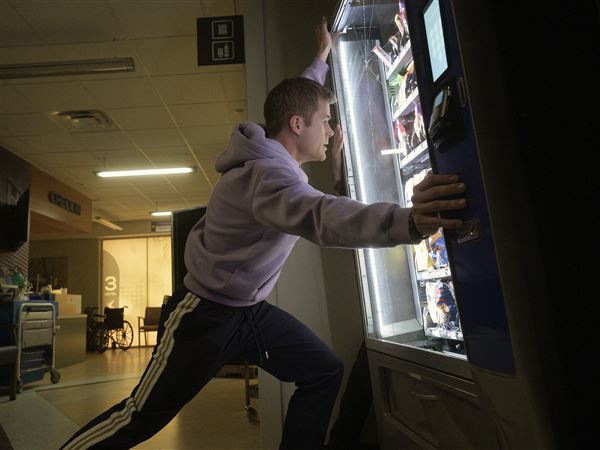Between hours of mental exhaustion docked sitting in cubicles and in snarls of highway traffic, the mere thought of adding physical activity to a day can be draining in itself for many.
But with businesses increasingly realizing that active and healthy employees equal an alert and productive workforce, the idea of combining work with the workout is gaining traction one treadmill desk at a time.
"It certainly is starting to be a trend," said Denver Fredenburg CEO of Austin, Texas-based fitness equipment company Hyperwear. "People are starting to recognize that you can't just sit at a desk all day and have high levels of energy and productivity."
The movement in favor of, well, movement has been spouted by office fitness aficionados for decades but was made into an official government policy in 2002, with the Centers for Disease Control and Prevention's Healthier Worksite Initiative. The idea was to promote physical activity, nutrition, preventative health screenings and overall healthy choices in the nation's workplaces through education and examples such as discount fitness center membership programs and walking trails at the CDC's headquarters in Atlanta.
Since that time, research has shown the effort has paid off for the nation's businesses.
A Workplace Wellness Programs study by Santa Monica, Calif.-based Rand Corp. and sponsored by the departments of Labor and Health and Human Services showed that approximately half of the nation's employers offer wellness promotion programs and that participation in those programs over five years yielded lower health care costs and decreasing health care use for employees. It also noted that wellness programs lead to "statistically significant and clinically meaningful improvements among program participants in exercise frequency, smoking behavior and weight control."
Although the results are positive, the nation's office workers can see much more success with only a few daily adjustments and the right equipment, Mr. Fredenburg said. The fitness buff who is known for jogging in place during brainstorming sessions or for planning walking meetings said Hyperwear has been seeing orders for SandBells, a sand-filled free weight that can double as a paperweight, and for weight vests, fitted active-wear that gives users an extra 5 to 10 pounds of weight to haul during everyday activities.
For companies without the actual equipment to make an office resemble a gym, Mr. Fredenburg said there are still alternatives.
Short bursts of high intensity activities such as full body squats or push-ups for 30 seconds three times a day could have a huge impact in alertness, metabolism and efficiency, he said. Also, office managers could help employees resist the temptation of retirement sheet cakes and celebratory cupcakes with a steady supply of healthy snacks on hand.
Simple changes such as walking meetings, encouraging employees to take the stairs and letting them know a quick workout break is acceptable could go a long way toward helping employees reach personal goals and helping businesses reach financial goals.
"To me, it's all about the state of mind of employees. If they are fired up and excited to go to work from the minute they get out of bed, then they're more likely to perform to the best of their abilities and more likely to show loyalty to the company. I don't think people can really get that unless there's some level of activity and fitness," he said.
"You don't have to be a fitness model, you just have to move and sweat a little bit."
First Published: September 22, 2013, 4:00 a.m.















